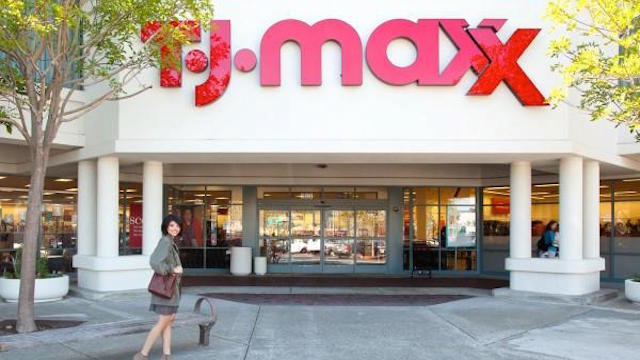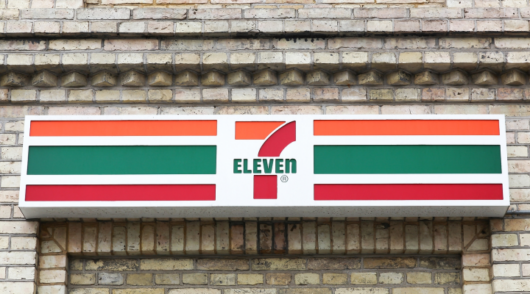Whatever the weather or prevailing economic circumstance, US apparel discounter TJMaxx seems to do well.
And so it is with the latest set of numbers which underline both the strength of TJX’s business model and its consistency in delivering growth. While growth rates are down slightly on last quarter, they come off the back of tough comparatives from last year and remain, at least in the US, well above the growth rate of the overall market. TJX continues to take share across both the home and apparel sectors.
Within the US, TJX posted growth across both of its main divisions. The more mature Marmaxx, which incorporates both TJMaxx and Marshalls, saw comparable sales increase by a solid 4 per cent. However, HomeGoods was, once again, the star of the show with 10.3 per cent overall sales growth supported by a 5 per cent uplift in same store numbers. Both divisions are benefitting from a number of favorable trends which TJX has been savvy in tapping into and turning to its advantage.
The first of these is more constrained household finances. Wage growth has, for many Americans, been fairly stagnant in over recent years and this has meant more households have had to prioritise what they spend on. While the response has often been to trade down to cheaper products or to cut back on what is purchased so that quality can be maintained, TJX has allowed consumers to get the best of both worlds: to obtain premium, branded products at accessible prices. One of the consequences of this is that TJX’s customer base has expanded strongly over recent years, pulling in shoppers from across the demographic spectrum.
The second trend has been the increasing need for retailers to offer consumers an experience if they are to pull them into stores. TJX’s business model provides an in-built experience in that many customers enjoy the ‘treasure hunt’ nature of its shops and will visit regularly to see what is currently on offer. In the era of online and digital, TJX is a retailer that makes bricks and mortar retail work.
The constantly changing assortment brings three further benefits. First, it drives immediacy: if a customer sees something they like, they need to buy it there and then or run the risk of it not being there next time they visit. Second, it increases average transaction value as customers often enter stores with a fairly open mind rather than a fixed list of things they need; this generates high levels of impulse purchasing as shoppers find things they did not know necessarily they wanted. Thirdly, it drives frequency of visit with customers going to stores simply to see what’s new rather than because they have a specific purchase in mind.
These things have always been fundamental tenants of TJX’s business model, but they are now arguably more relevant than ever before and they are helping the company to maintain growth at a time when so many other retailers are struggling.
As we have said before, TJX is one of the reasons that US department stores cannot succeed at the discount game. Although often crowded with stock, its shops are better presented than the full-price sections of some department stores, let alone their discount areas. Moreover, its products are genuine bargains which have been carefully selected with the customer in mind – rather than being a mish-mash of unpopular and unwanted apparel lines which constitute the tragic clearance sections of players like Macy’s and Sears.
Some of the large department store groups are now at risk of losing key brands – brands they discounted to drive customer traffic and interest. Given that consumers’ desire for those brands will not wane as they disappear from department stores, TJX will be a beneficiary from the ongoing decline of the department store sector. To an extent this is already a trend given that shopper sharing between TJMaxx and the department store segment has increased over recent years. This trend has much further to run.
Growth in the US home market is solid and delivering good results for TJX. However, the company is not just reliant on the US and is driving sales advances from its international expansion efforts. While the strong dollar has diluted underlying comparable sales growth from the international segment, total revenues are still up by just over 7 per cent, even including exchange rate variability. The TJX concept is one which travels well across borders and expect to see further gains from international over the next few years.
Overall, TJX has one of the more resilient business models in retail. It faces risks, including from the rise in discounting and the push towards value by other retailers, such as the development of off-price spin-offs, like Nordstrom Rack. However, TJX’s skills in buying, its ability to hold its own in the digital age, and its headroom for organic growth, especially in home, means that it will continue to outperform for the foreseeable future.
- Håkon Helgesen is a retail analyst with Conlumino.






